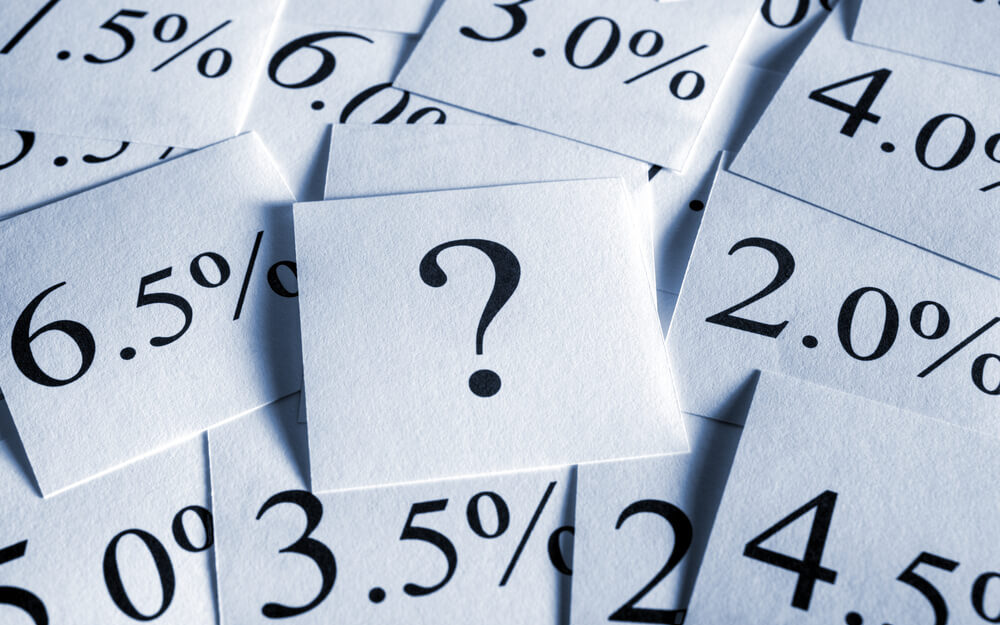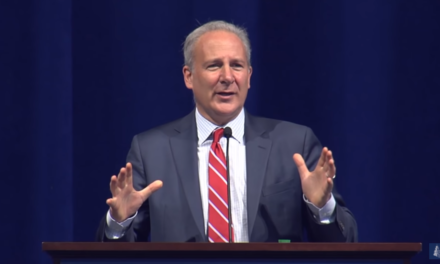The sell-off is in full effect this week and hammering stock markets this week, but that may not increase the chance of an interest rate cut by the Federal Reserve by its March meeting.
The first three trading days of the week, so Monday’s open through Wednesday’s close, saw the Dow Jones Industrial Average lose about 7%, the S&P 500 fall 6.6% and the Nasdaq Composite lose 6.3% as investors were driven to sell on fears the coronavirus would spread, further hammering the global economy.
Since closing at a record high on Feb. 19, the S&P 500 has fallen more than 11% while the Nasdaq has fallen more than 12% from its recent record high. Meanwhile, the Dow is down more than 12% since its record high close on Feb. 12, meaning all three have entered correction territory.
Thursday was marred by yet more sell-offs, with the Dow tanking over 900 points early in the day before recovering some of its losses by the close.
That’s not stopping anyone from giving their two cents on what the Fed should do in response, with some calling for easing. Former Minnesota Fed President Narayana Kocherlakota even argued that the central bank should go ahead and step in with an emergency rate cut before its next meeting that takes place March 17-18.
“I don’t think that the FOMC should wait that long to deal with this clear and pressing danger,” Kocherlakota wrote in a Bloomberg opinion piece Monday.
“I would urge an immediate cut of at least 25 basis points and arguably 50 basis points. That’s a cheap insurance policy for the economy that the Fed shouldn’t pass up,” she added.
While that may be a bit of an extreme reaction, the markets are betting the Fed will step in to help keep the longest period of U.S. economic expansion going with a rate cut during its March meeting.
The CME FedWatch tool, a nifty tracker that gives probabilities for what the Fed will likely do to interest rates during its various meetings throughout the year, showed a 49.8% chance rates will be cut by 25 basis points in three weeks Thursday afternoon. That number had spiked to 75.3% earlier Thursday.
It would be only the first of three cuts this year traders are now pricing in. After March’s cut, the FedWatch shows a better than 50% chance for another cut in April, and a 32-36% chance of a third cut by December. If all three cuts are executed, the range for the Fed’s benchmark interest rate would be a measly 0.75% to 1% by the end of 2020.
There’s no telling yet if the Fed has changed its tune, but it was just Tuesday when Vice Chair Richard Clarida poured cold water on any prospect of a rate cut based on the coronavirus, saying “it is still too soon to even speculate about either the size or the persistence of (coronavirus-related) effects, or whether they will lead to a material change in the outlook” during the National Association for Business Economics conference.
“If developments emerge that, in the future, trigger a material reassessment of our outlook, we will respond accordingly,” Clarida added.
Chicago Fed President Charles Evans echoed Clarida on Thursday, saying it was too early to lower U.S. economic growth expectations.
What does that mean for investors? Pantheon Macroeconomics’ Ian Shepherdson thinks Clarida’s response was “reasonably relaxed,” which means investors should strap in for “more pain,” according to Yahoo Finance.
The Institute for Supply Management will release its monthly report on U.S. manufacturing Monday, and while it will give a good indication of where manufacturing is in the U.S. after its suffered a string of recessionary months before recovering in January, Wells Fargo Managing Director Jay Bryson thinks it may not show any coronavirus impact — yet.
“The March 2 release probably will be too early to see much evidence of potential supply chain disruptions in the manufacturing sector,” Bryson said.
So what about April?
“The committee could potentially cut rates at the April 29 meeting, but will it have enough evidence by late April to suggest that a ‘material’ change to its economic outlook is warranted?” Bryson added.
Only time will tell what the Fed does with interest rates, but the chances for a rate cut are clearly rising.




